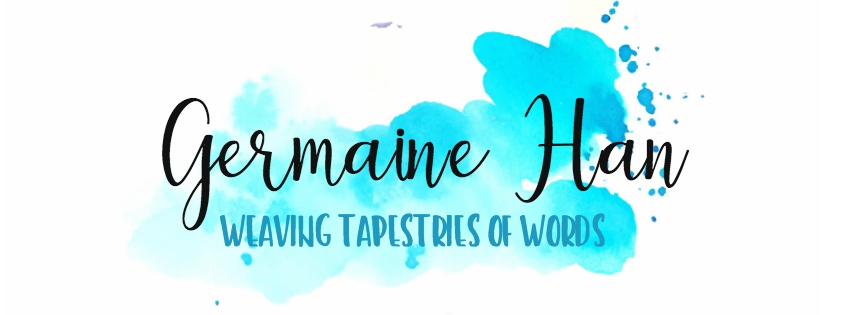If you’re someone who doesn’t plan much for your projects, I’m sure you’ve been in this place before. It’s that point where you need to get from one plot point to another, but can’t quite make the jump. It’s the place where you suddenly realize your plot is missing pieces. It’s that one spot in time where you don’t know what you’re doing.
If you’re running low on inspiration and have been stuck in one place for way too long, here are three ways to get inspiration for that work in progress.
Find a plotting partner
Sometimes finding someone who thinks a little differently than you do can be insanely helpful. When every idea seems boring or cliche or overdone, sometimes the best thing to do is go talk to someone and tell them about the problem you’re having with your plot.
And yes, sometimes the input they give might not help, but other times your friend can strike gold. It’s happened to me before and it’s the perfect thing to get me back into writing.
Other times, a throwaway comment or a suggestion could get you thinking of possibilities you’ve never considered. It’s a beautiful feeling when that plot comes together.
Read more books
But if there’s no one to talk to, or no one understands your writing the way you do, another thing you could do is read more good books. Amazing books can inspire and get you to write. And who knows, maybe that one scene could inspire you to put your twist on it and use it to join a couple of your plot points.
But let me sidetrack a little for a while. Don’t stop reading to make time for writing. You can learn heaps of things from books, fiction or non-fiction. Read widely. Read in your comfort zone. Read out of your comfort zone. Read in and out of your genre. Because by reading continuously, you keep learning more about the writing craft.
And sometimes, things just stick to you subconsciously. I know it can be tiring to read as a writer, trying to pick out all the things that are good or bad. So don’t do read like a writer all the time. Read to gather inspiration. Read for fun. Just keep reading 🙂
Use post-it notes or scrap paper
This is what I use to plot out my scenes. First, I take a scrap of blank note paper and rip it into tiny pieces. Then I write all my scenes and plot points on those pieces. Afterwards, I move them into order. Now that I have the big picture of my story, I can dive in a little deeper.
With this sort of timeline in front of me, I can choose to take out scenes if they seem unnecessary in the full light of the story. Or, if I see an opportunity to insert a scene, I take another piece of scrap paper and rearrange my timeline to fit it in.
This way, I can see the weak points of my story – all the slow parts, the parts that don’t make sense, the places where I’m not too sure about. And because all my scenes are small bits of paper, I can rearrange as much as I want.
How does this help with coming up with ideas? Well, sometimes just seeing the whole timeline in front of you can spring ideas from the back of your head. What if you made this particular scene a reflection of your opening scene in order to show character growth? Or what if this twist didn’t happen in the middle of the book, but rather the end? And if you switched scenes A and B, could you slip in this new scene that you’ve been dying to write?
Of course, you don’t have to rip up paper if that’s not your thing. Post-it notes are a neater option, or if you prefer to work digitally, why not try to write things out in Microsoft Word or Google Docs? It may not be so easy to move things, but there’s no mess involved.

That’s all I have for now!
Do these suggestions inspire you to fix up the pieces in your plot?
Have you used some of these suggestions?
Or if you’re fine with plotting, what do you use to plot?
Chat with me!





